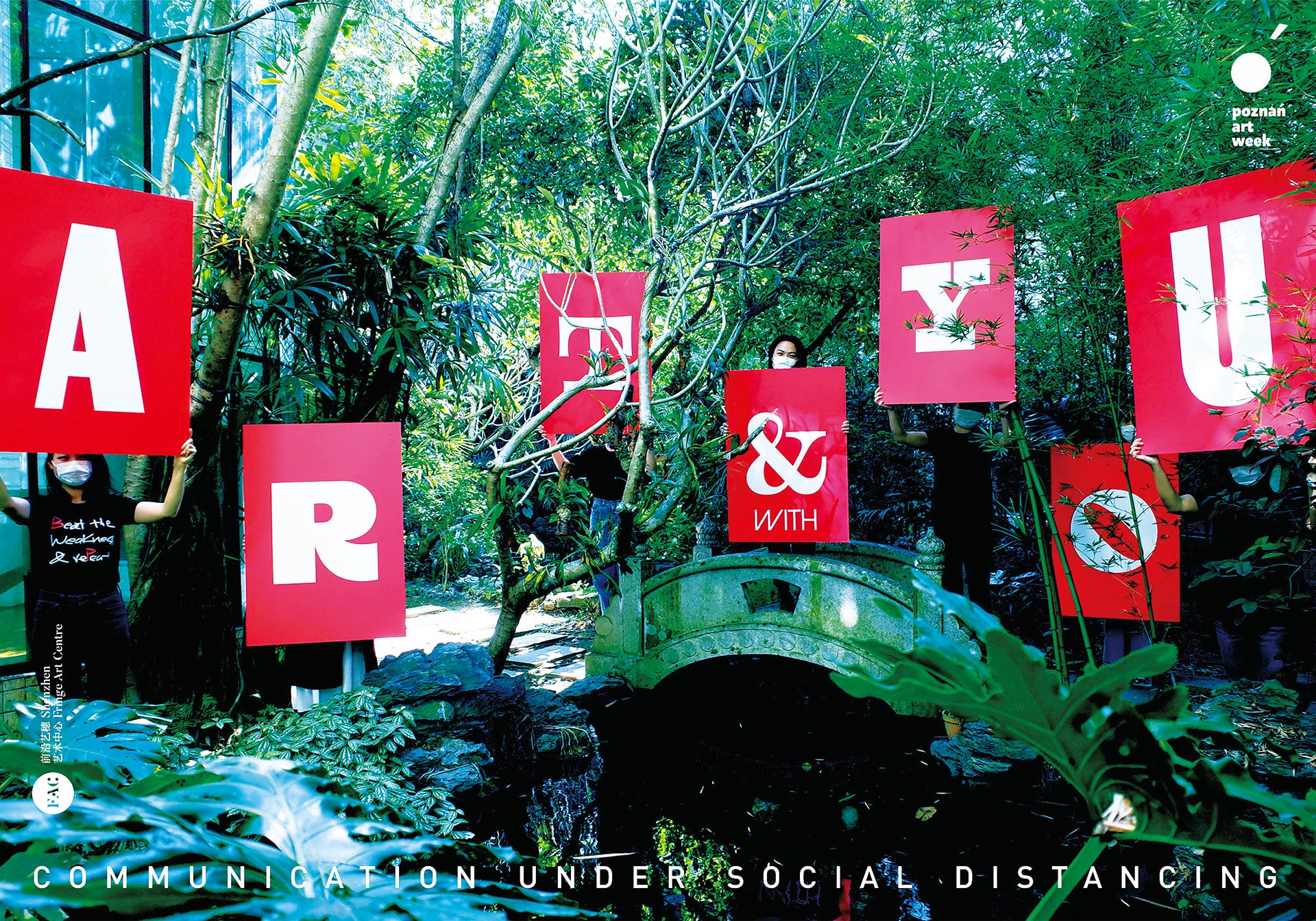In this relatively long period of time, being isolated at home is like being trapped in a cave. The emotions of panic, anxiety, and confusion spread in all dimensions when the rhythm of life is disrupted, and all human beings enter a mode of hibernation at the beginning of the year. In the age of interaction, humans are forced to go into quarantine or do it voluntarily. Some still sing on their balconies or date in empty location, but during the pandemic, the main platform of communication is “the Cloud”. Museums and galleries around the world have closed. Art exhibitions and cultural events have been postponed or cancelled. To replace them, cultural institutions race with time to launch online events. If an online exhibition is simply regarded as a kind of spatial displacement, what is the real base for art exhibitions in the seemingly infinite virtual space?
Since the outbreak of COVID-19 in China, from the initial complete isolation to the current limited recovery, the city of Shenzhen where I currently live has been put on hold. The Shenzhen Design Week, Shenzhen Cultural Industry Fair and a series of exhibitions, activities, and performing arts festivals, have been forced turned into online events, and the symposiums are held in the form of live video streaming. However, online exhibitions did not emerge because of the epidemic. In recent years, with the development of digitalization, different forms of online exhibitions have been pushed forward, and hashtags like #musetech or #museweb have been increasingly popular, which represents an intuition for the new technology. Digitalization has allowed resources to spread rapidly in the form of replications or fragments, forming another set of flexible solutions in the virtual space. It is necessary to define what will be delivered if art festivals try to extend the online experience beyond the actual festival site.
Holding art events online is not just a helpless alternative. An online exhibition is not a shadow of the real exhibition, nor is it just a temporary stop in cyberspace. It is quite the opposite – it should provide the experience of a new level of relationship between the people (you), the machine, and the network. “Virtuality” is not destined to be an illusion, whereas, for art, it should mean creativity that belongs to the future.
The best way to activate resources is by strengthening interaction. Art should be able to enhance imagination, and an artwork is complete only if the viewer coordinates with it. Art can certainly ease the difficulties of life. Viewing online resources seems to be a democratic form of experiencing art. The world’s top museums and art events are currently open to the public without limits. We are therefore flooded with information and images. We must learn how to distance ourselves and how to appreciate and resonate with selected works. This is the key ability that can be considered in terms of art serving as a remedy.
I want to use the face mask – a familiar object that suddenly became extremely important – to respond the theme of “Remedy” of Poznań Art Week 2020. In the era of confusion, our planet is full of anxiety. This is a feeling we all wish to conceal and cover from others. People who wear face masks, on one hand, can prevent the spread of the virus. On the other hand, face masks have become a tool for self-redefinition, which is an opportunity to explore ourselves without being recognized.
Wearing face masks has brought a sense of security. As we wear it, we do not need to show meaningless and false expressions. We hide ourselves behind the mask and observe everything in secret. This self-remedy value is hidden in a globally involved performance art. Digitization has connected all human beings with a vast and closely connected social network where the barriers of communication have been eliminated. More importantly, we can selectively filter and publish information. It creates an incredibly convenient world where everyone is a protagonist. Each individual can connect with different groups by a slight click of the finger, and the sense of alienation is weakened. It is replaced by the sense of identity and belonging. With everybody wearing face masks now, the virtual world has connected with the real world. Will we become more civil, or more ruthless? In such discussion, art is never absent, even though we are not on site.





